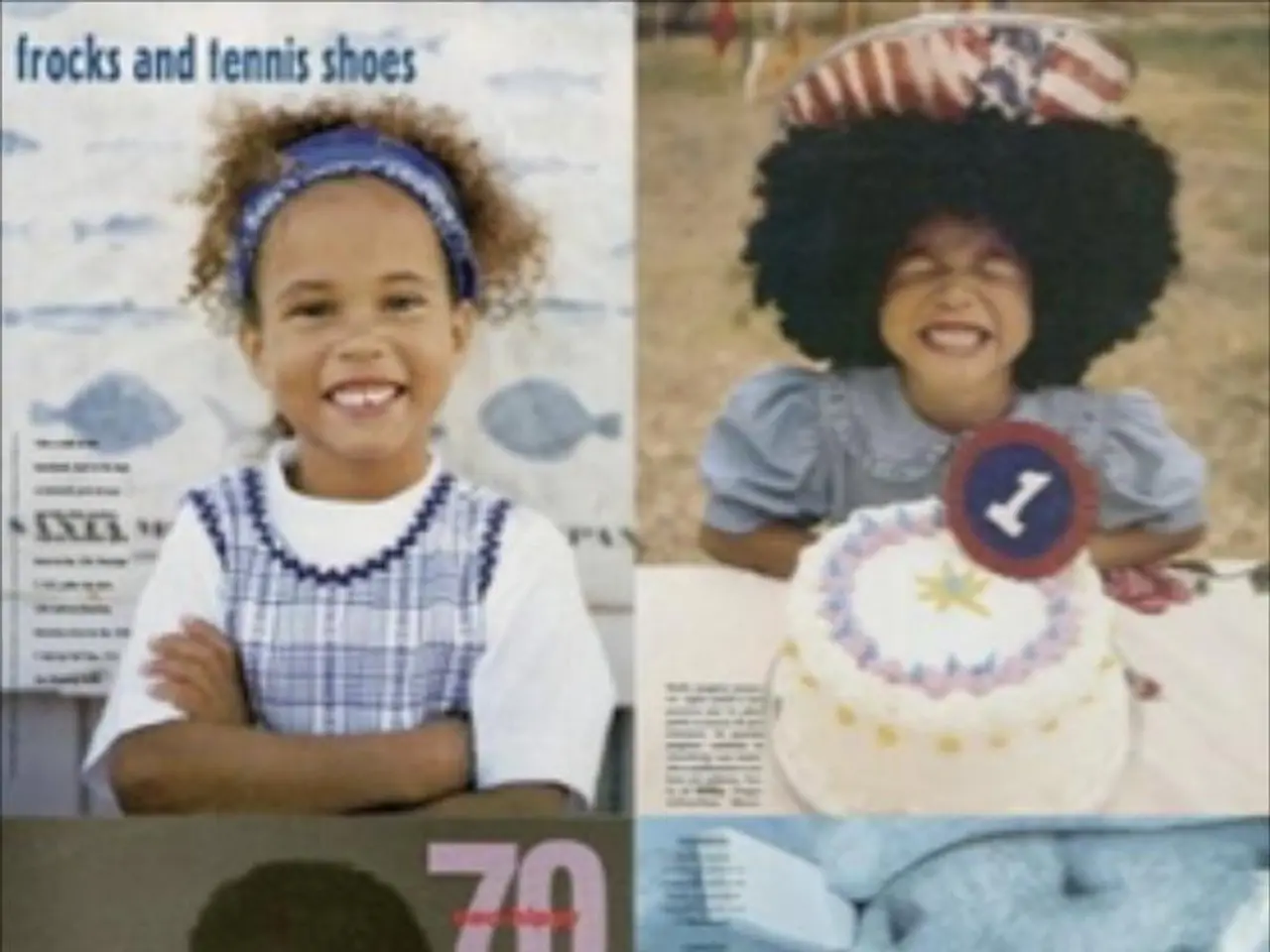People form strong emotional bonds with mechanical companions, or robots.
In 2021, 19 families received a reading robot named "Luka" to help their preschool children learn to read. Four years later, a study found that children and parents had formed bonds with the robot, demonstrating that social robots can foster long-term emotional bonds with families beyond their designed function [1][2][3].
Luka, an owl-shaped, 24-centimeter tall reading companion, resembles a head with a camera, screen, and speakers. The robot was designed to scan and read pages from picture books to aid in early reading skill development. However, as the children grew older, Luka transitioned from being a functional reading tool to a sentimental object [2][3].
Families described Luka with deep affection and emotional attachment. One child called him "my little brother," another called him "the only pet I ever had," and some parents admitted they kept Luka more as a nostalgic reminder of early milestones than for active use [1][2][3][5]. Many families continued to charge Luka and use it as a music or audiobook device [2]. Some parents kept Luka as a nostalgic reminder of bedtime stories.
In one case, Luka was passed on to a younger family member. The emotional bond between humans and machines, as demonstrated by Luka, was formed without complex technology, according to the study [4]. This phenomenon highlights how families treat social robots not merely as disposable tools but as companions that acquire symbolic and emotional significance over time.
The study, published in the journal "Frontiers in Robotics and AI" by Zhao Zhao from the University of Guelph and Rhonda McEwen from the University of Toronto, further emphasizes that simple robots can form emotional bonds with families [6]. The study suggests this emotional bond can span cultural contexts; for example, one Japanese family related keeping Luka to cultural practices of respect for inanimate objects [4].
The researchers are interested in observing what more complex robots could achieve in the future. They suggest that as social robots become more common in homes, there could be a future where households have multiple generations of robots [5]. The study on Luka provides valuable insights into the potential for emotional connections between humans and robots, opening up exciting possibilities for the future of AI and robotics.
[1] Frontiers in Robotics and AI. (2025). Long-Term Emotional Bonds Between Families and Social Robots: A Case Study on the Reading Robot Luka. [2] Zhao, Z., & McEwen, R. (2025). The Emotional Lives of Social Robots: A Four-Year Study on the Reading Robot Luka. [3] McEwen, R., & Zhao, Z. (2025). The Impact of Social Robots on Family Life: A Longitudinal Study on the Reading Robot Luka. [4] Zhao, Z., & McEwen, R. (2025). Cultural Contexts and Emotional Bonds: A Case Study on the Reading Robot Luka. [5] McEwen, R., & Zhao, Z. (2025). The Future of Social Robots in Homes: Insights from the Reading Robot Luka. [6] Frontiers in Robotics and AI. (2025). The Emotional Bond Between Humans and Simple Social Robots: A Case Study on the Reading Robot Luka.
The study on Luka, a reading robot, revealed that technology, such as artificial-intelligence, can foster long-term emotional bonds with families, transcending its original function as a reading tool. Families treated Luka not just as a disposable tool but as a companion, attaching sentimental value to the robot over time.




